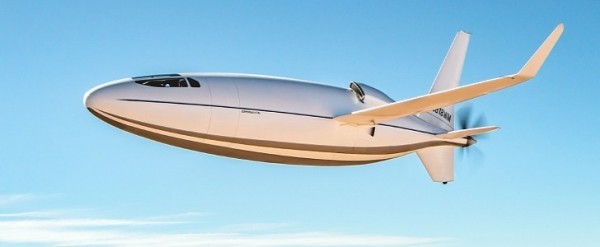
Breaking News
 Trump's Corporate Favor Factory
Trump's Corporate Favor Factory
 Google Quantum Supremacy And Artificial Intelligence
Google Quantum Supremacy And Artificial Intelligence
 NASA Just Activated the Earth Defense Force Ahead of 3I/Atlas Arrival
NASA Just Activated the Earth Defense Force Ahead of 3I/Atlas Arrival
 Dubai: The Ugly Life Under Technocracy
Dubai: The Ugly Life Under Technocracy
Top Tech News
 Graphene Dream Becomes a Reality as Miracle Material Enters Production for Better Chips, Batteries
Graphene Dream Becomes a Reality as Miracle Material Enters Production for Better Chips, Batteries
 Virtual Fencing May Allow Thousands More Cattle to Be Ranched on Land Rather Than in Barns
Virtual Fencing May Allow Thousands More Cattle to Be Ranched on Land Rather Than in Barns
 Prominent Personalities Sign Letter Seeking Ban On 'Development Of Superintelligence'
Prominent Personalities Sign Letter Seeking Ban On 'Development Of Superintelligence'
 Why 'Mirror Life' Is Causing Some Genetic Scientists To Freak Out
Why 'Mirror Life' Is Causing Some Genetic Scientists To Freak Out
 Retina e-paper promises screens 'visually indistinguishable from reality'
Retina e-paper promises screens 'visually indistinguishable from reality'
 Scientists baffled as interstellar visitor appears to reverse thrust before vanishing behind the sun
Scientists baffled as interstellar visitor appears to reverse thrust before vanishing behind the sun
 Future of Satellite of Direct to Cellphone
Future of Satellite of Direct to Cellphone
 Amazon goes nuclear with new modular reactor plant
Amazon goes nuclear with new modular reactor plant
 China Is Making 800-Mile EV Batteries. Here's Why America Can't Have Them
China Is Making 800-Mile EV Batteries. Here's Why America Can't Have Them
Remarkable low-drag "bullet plane" aims to democratize private flight

Let's start with the numbers. Otto claims the Celera 500L gets fuel economy figures between 18-25 mpg (13-9 L/100km). That's somewhere around the economy you'd get driving a Honda Odyssey minivan, and it absolutely stomps the 2-3 mpg (118-78 L/100km) figure Otto says a comparable jet aircraft returns. That, plus a reasonably simple Red A03 V12 combustion engine, reduces running costs to an estimated US$328 per hour, where Otto says a comparable jet would cost US$2,100 per hour. So it uses somewhere around 1/8th the fuel and costs somewhere around 1/6th as much to run.
It can carry six passengers in a degree of luxury, with lots of leg room, for up to 4,500 nautical miles (8,334 km) – more than double the range of, say a Citation CJ3+ jet. That means it'll fly from LA to New York on a little over half a tank of gas. It's almost as quick as the Citation, as well; the Citation jet tops out at close to 480 mph (772 km/h), and the C500L projects a max cruise speed over 460 mph (740 km/h), on a single pusher prop.
Its outstanding fuel economy puts it way ahead of the curve on emissions, as well; Otto says it's over 30 percent more efficient than the FAA and ICAO target emissions standards for aircraft entering service after 2031. And its glide ratio of 22:1 allows it to glide unpowered for up to 125 miles (200 km), which the company says is "roughly 3x better than the typical aircraft."
It accomplishes all these feats, Otto claims, because of its oddly shaped design, which makes extensive use of laminar flow surfaces to create "smooth layers of airflow with little to no mixing of adjacent layers." The bulbous-looking flying suppository shape of the C500L allows an astonishing 59 percent reduction in drag, says Otto, when compared to a similarly sized traditional design.

 China Innovates: Transforming Sand into Paper
China Innovates: Transforming Sand into Paper

